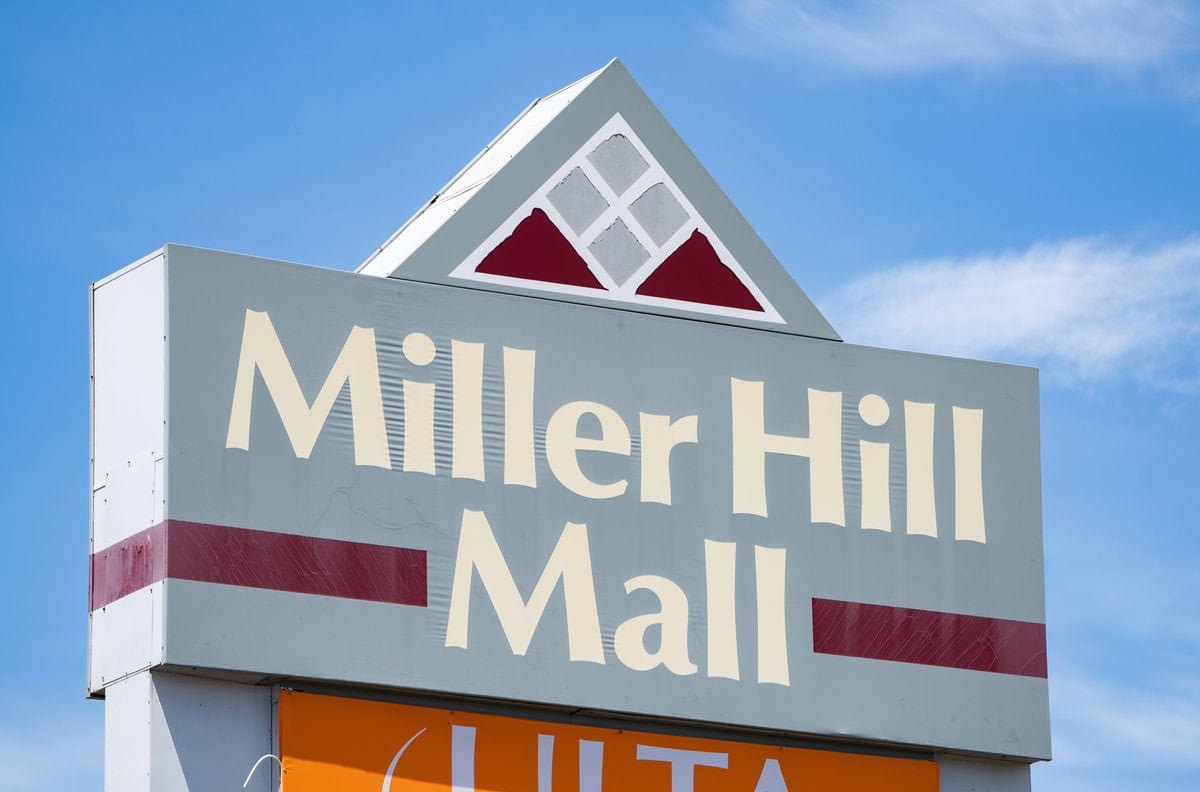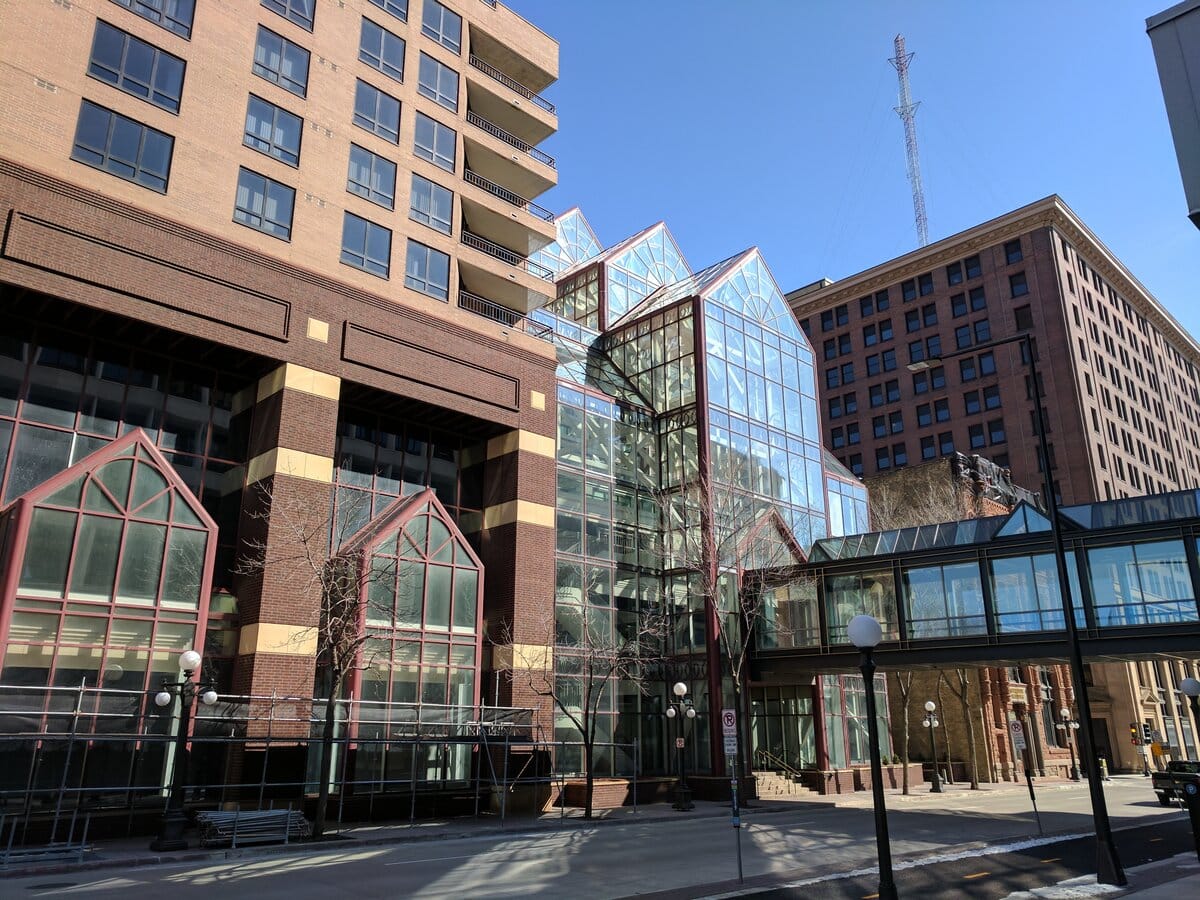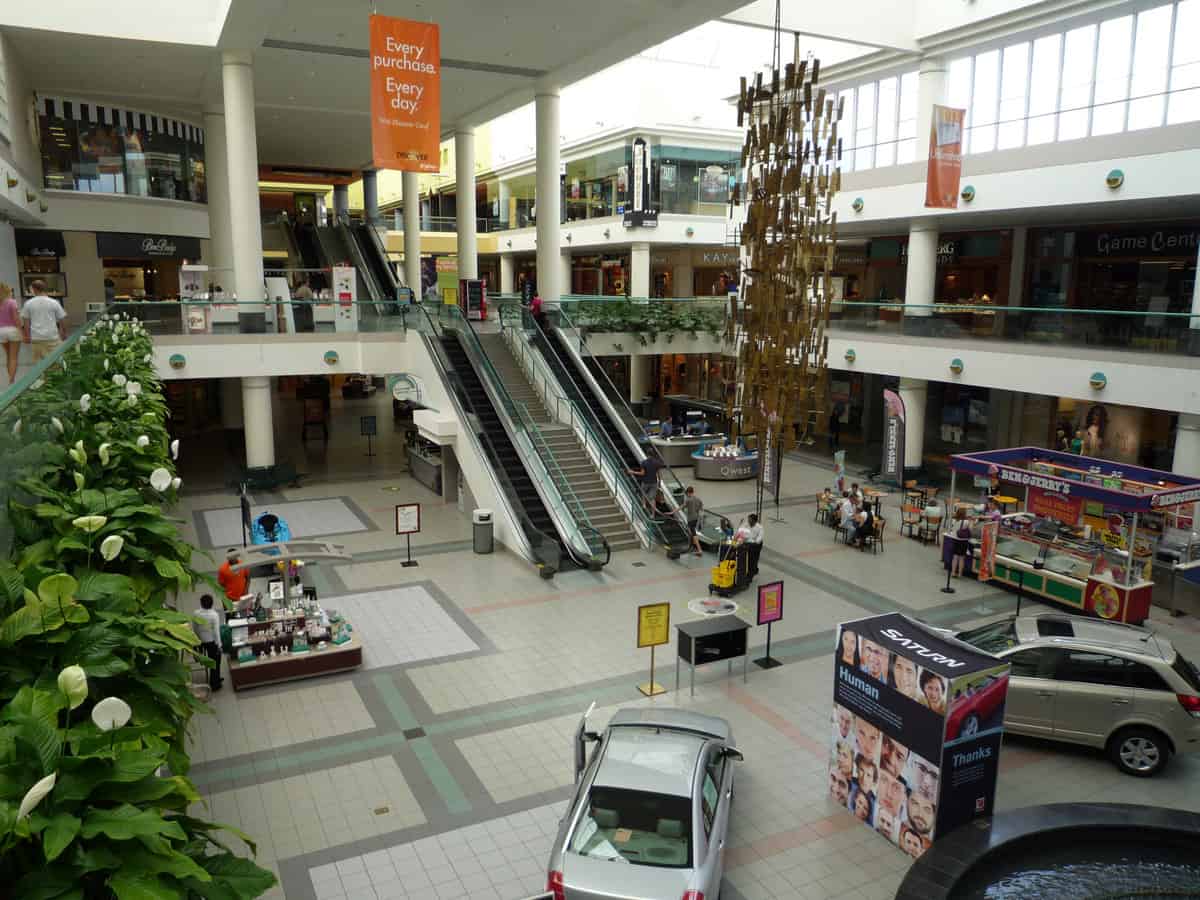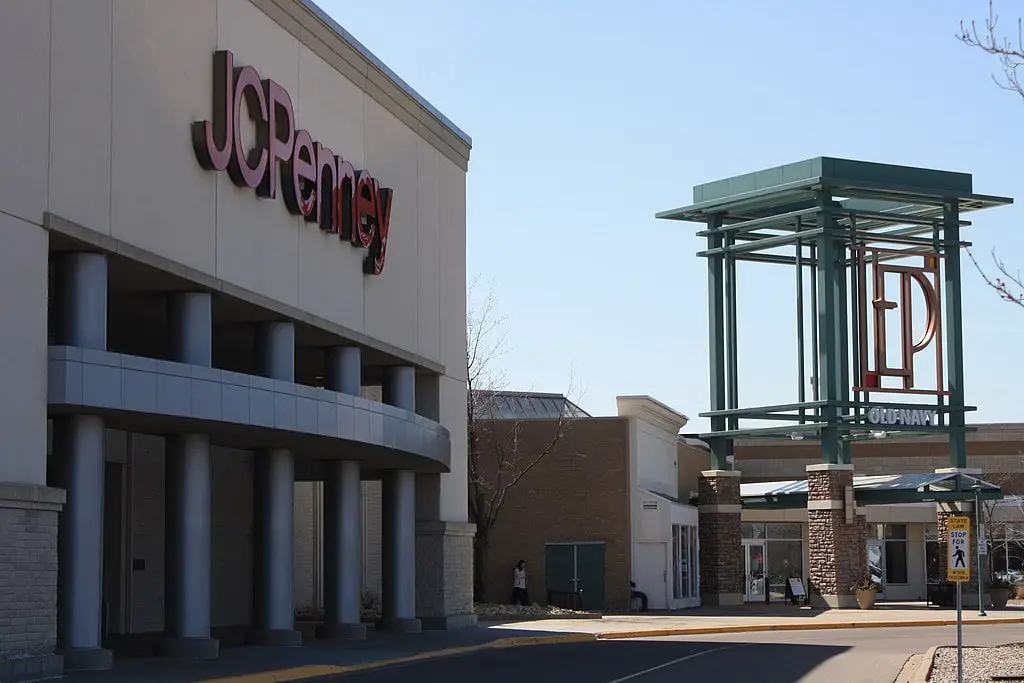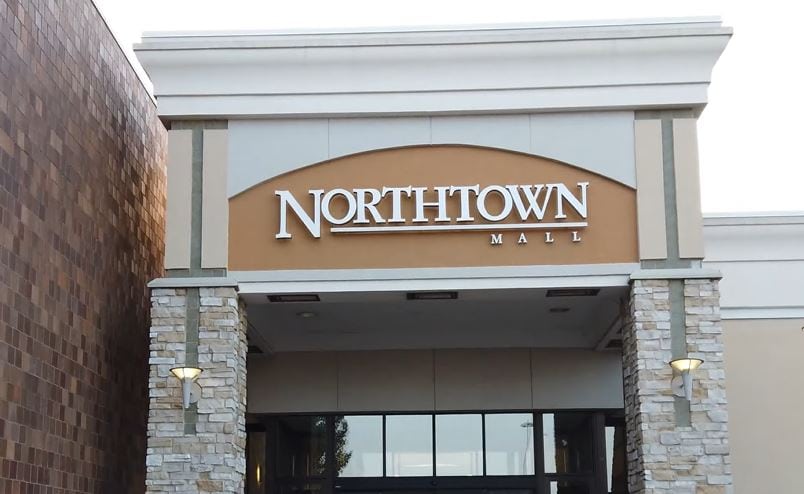Mall of America Opens in Bloomington
The Mall of America opened to the public on August 11, 1992, marking a new era in large-scale retail and civic development in Minnesota.
Built on the former site of Bloomington's Metropolitan Stadium, the massive structure covered 78 acres of fully enclosed space.
Crowds gathered before dawn on opening day, waiting for doors to open to what would become the largest shopping complex in the nation.
Planning and Conception
After the Minnesota Twins and Vikings left Metropolitan Stadium in 1982, Bloomington officials sought a new use for the 78-acre site.
The stadium was demolished in January 1985, and the Bloomington Port Authority invited proposals for redevelopment.
Four were reviewed, including office, residential, and convention center projects.
The selected concept was a mixed-use retail and entertainment complex.
In 1986, the Port Authority entered into an agreement with the Ghermezian family's Triple Five Group of Edmonton, Alberta, known for developing West Edmonton Mall.
Later that year, Melvin Simon & Associates of Indianapolis joined as a development partner and managing general partner.
By 1987, the partnership was formalized, combining Triple Five's ownership and Simon's retail management expertise.
Initial plans envisioned 800 stores, hotels, offices, and entertainment features.
Financing challenges in the late 1980s led to downsizing.
By 1989, the design focused on 4.2 million square feet of enclosed retail and amusement space, emphasizing the indoor leisure experience over corporate development.
Approval and Groundbreaking
The Bloomington Port Authority approved the project in 1986 with little recorded opposition.
The city supported the plan as a major economic development initiative.
Financing was arranged through the Teachers Insurance and Annuity Association of America, with Melvin Simon & Associates overseeing leasing.
Groundbreaking occurred on June 14, 1989, at the former stadium site.
PCL Construction Services of Minneapolis served as the general contractor.
Approximately 6,000 workers contributed to the project.
Construction continued through 1991 and early 1992, transforming the flat ballpark site into one of the largest enclosed shopping and entertainment centers in the United States.
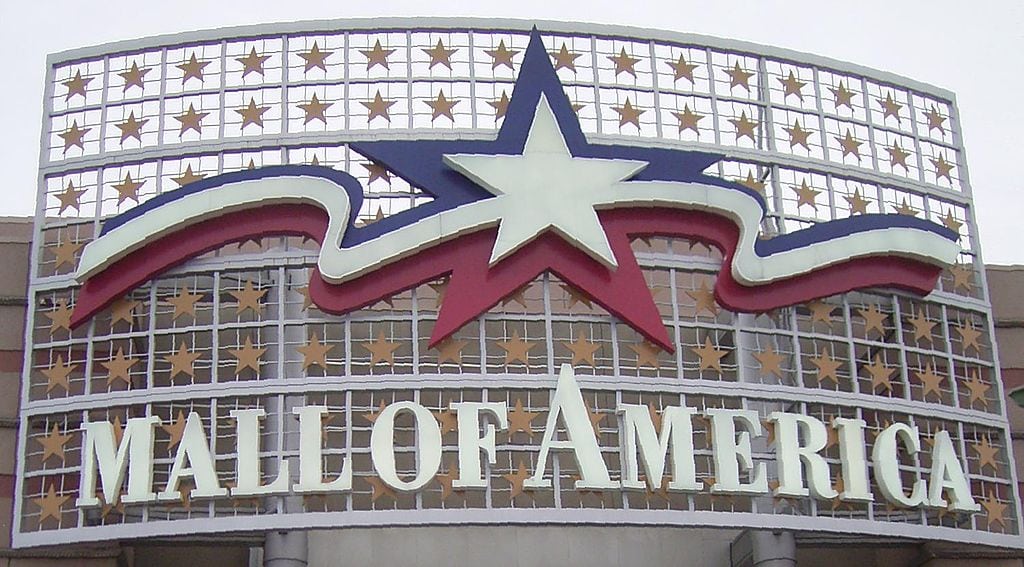
Construction and Design
The design concept was created by Jon Jerde and The Jerde Partnership of Los Angeles, with HGA and KKE Architects providing executive and technical design.
The rectangular, four-level structure contained 4.2 million square feet of total space and 2.6 million square feet of leasable retail area.
Skylights running more than a mile across the roof provided natural light and passive solar heating.
Environmental features included 30,000 live plants and 400 trees in the central atrium.
The mall contained eight entrances, 27 public restrooms, and information centers with interpreter services.
Parking accommodated 13,000 vehicles in two seven-story ramps and adjacent surface lots.
There were four anchor stores: Nordstrom, Macy's, Bloomingdale's, and Sears.
At the heart of the complex was Knott's Camp Snoopy, a seven-acre indoor amusement park based on Charles Schulz's Peanuts characters.
Operated by Knott's Berry Farm, it included the Screaming Yellow Eagle roller coaster, a log chute, and other rides.
Additional features included a 14-screen theater, multiple food courts, and four decorative zones.
Opening and Dedication
A gala preview on August 10, 1992, drew 10,000 guests.
Ray Charles performed "America the Beautiful" with a full orchestra.
The public opening followed the next morning.
Due to crowds pressing at the entrances, the mall opened about an hour early, at 9:00 a.m.
Attendance on opening day reached an estimated 150,000 visitors.
Retail activity was intense.
Oshman's Sporting Goods operated 42 registers and sold inline skates at a rate of one per minute.
More than 20,000 rides were recorded at Camp Snoopy within the first four hours.
All 500 strollers and 40 rental phones were checked out before noon.
Parking lots are filled with cars and buses from across the region.
Bloomington Police Chief Bob Lutz described the event as "a Minnesota event people have bought into."
Maureen Bausch, the mall's first publicist, recalled walking toward the entrance that morning and seeing faces pressed against the glass, realizing the project's success.
Marketing and Presentation
The mall's pre-opening marketing campaign featured the jingle "There's a Place for Fun in Your Life, The Mall of America," written by Robin Batteau.
The 30-second commercial premiered during NBC's broadcast of the 1992 Summer Olympics.
Developer Melvin Simon referred to the project as "the eighth wonder of the world," underscoring its ambition.
At opening, 330 stores and specialty shops occupied 71 percent of available space.
The mall employed more than 10,000 people and represented a development cost exceeding $650 million.
Management described it as a "city within a city," with entertainment, services, and recreation integrated under one roof.
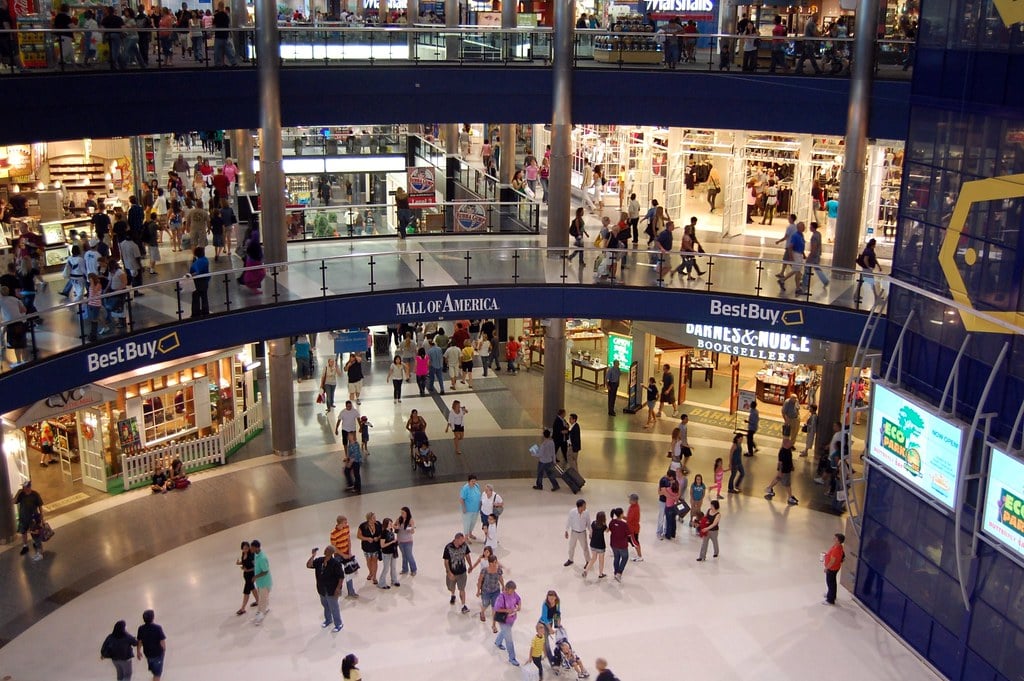
Civic Context and Impact
The Mall of America reflected the civic optimism of 1980s development in the Twin Cities.
Despite opening amid a national recession, it was viewed as a major economic catalyst for Bloomington.
The project redeveloped a vacant stadium property into a self-contained commercial and recreational destination.
Infrastructure improvements included expanded access from Interstate 494 and new roadways around Lindau Lane.
The project advanced with broad civic cooperation and strong institutional financing.
Its blend of retail and entertainment was unprecedented in the United States, setting a national model for large-scale mixed-use retail environments.
Conclusion
The opening of the Mall of America on August 11, 1992, completed one of Minnesota's most ambitious civic developments.
Conceived after the departure of the Twins and Vikings, the project transformed an empty stadium site into a $650 million complex that employed thousands and drew immediate crowds.
With 330 stores, four anchors, and the nation's largest indoor amusement park, it stood as both a commercial enterprise and a civic achievement, marking a new chapter in Bloomington's urban history.

